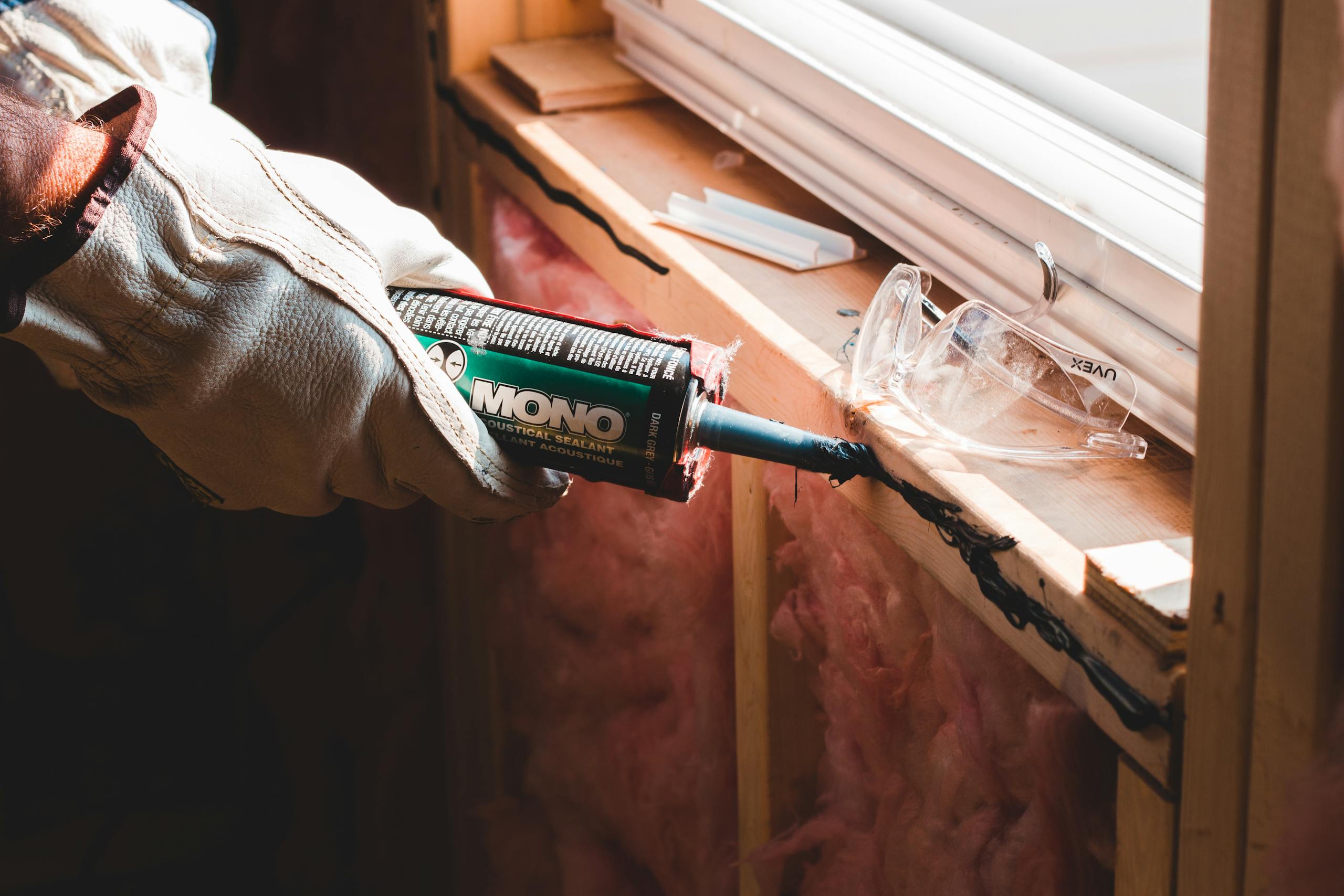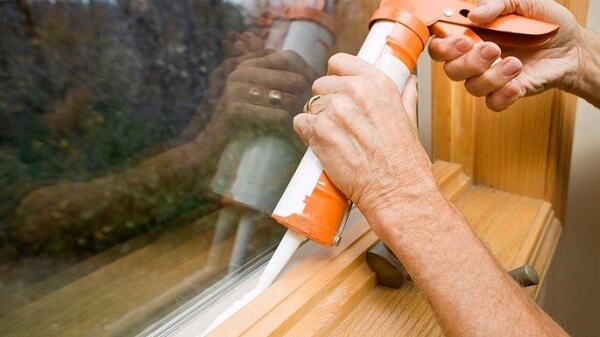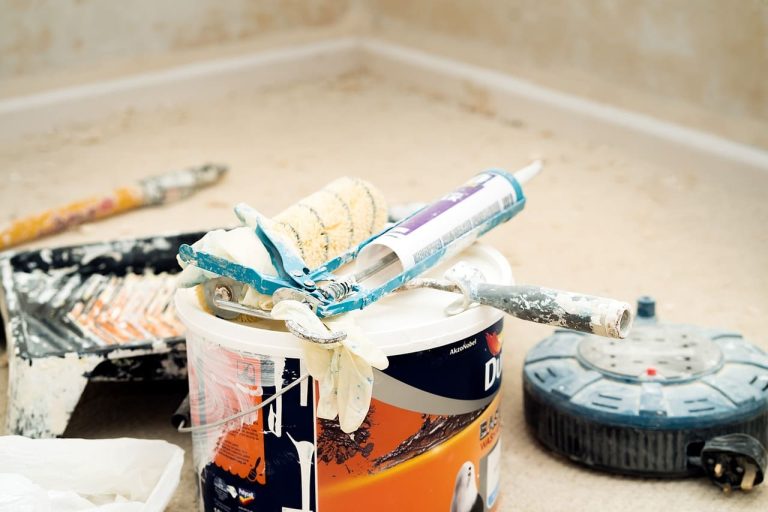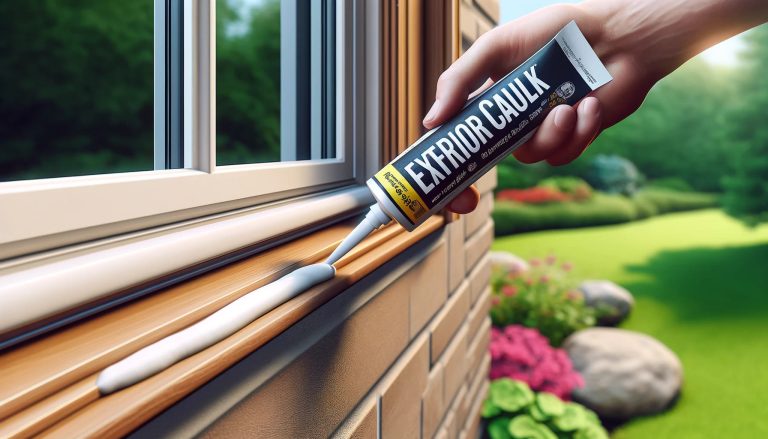Window Glazing Putty Vs. Caulk – What Is the Difference And Which Is Better?
Sealing and closing gaps are the functions of the window glazing putty and caulk. Most DIYers tend to describe these two things as one; however, they are not.
Window glazing putty comes in a dough form, and it is applied into holes or open spaces to seal it. Caulk, on the other hand, helps to prevent water damage which the putty can also do.
They more or less carry out the same functions only in diverse ways.
I make use of both of them but depending on situations which I think they would work better respectively. The putty and caulk both have their difference and benefits so which would work for me? is the question asked by most people, especially DIYers.
In this article, you will get answers to all of your questions. Come along with me as we explore the topic “window glazing putty vs caulk – what is the difference and which is better?”
Get to Know all about the Window Glazing Putty
The window glazing putty is made out of linseed oil, ground chalk, calcium carbonate powder, etc. mixed. It is applied to seal windows to wooden frames.
In filling your window frame with glazing putty, you get the assurance of a seal against air escaping and remaining.
For all installation of glasses, I recommend the window glazing putty. It offers so many advantages to users; strong bond against all weather conditions can withstand ultraviolet radiation and long-lasting bond.
They get an assurance of authenticity and efficiency as a result of the putty’s ability to retain the old make and not stain the windows or wood for its application.
It takes constant practice to use a putty knife which is the principal tool used in the putty’s application. Asides from this, window glazing putty is efficient and a top choice for most.
Read more: Best Putty Knives Reviews You Should Have in The Toolbox
Things to consider in its usage
To use a window glazing putty, you should have the following in mind and adhere to it to the uttermost for a perfect job.
- Ensure enough time is given for the putty to heal: This healing time will last for several days, so ensure to wait patiently for a lasting seal.
- The surface for its application should be clean: This is a vital point to note as an unclean surface will constitute a hindrance for the putty to form a long-lasting seal.
- Allow to dry before painting: A vital factor to consider is waiting till the glazing putty has become very hard. Painting with the putty not dry will reduce the seal you would require to ensure the long-lasting life span of your window.
- Ensure the window is an excellent fit for the window space: Glazing putty can stand against any weather condition. However, a space between the window and frame will result in a brief life span.
Related post: How Long Does Plumbers Putty Take To Dry?
Let’s Not Forget To Know the Caulk
Caulk refers to products that used to fill gaps around windows, doors, plumbing fixtures, etc. It is a waterproof material and is very durable too. Caulk comes in different types which makes it more versatile in carrying out functions.
It functions as an instrument in preventing water damage in tubs, faucets, toilets, pipes, etc.
Any seal made by a caulk lasts for about ten years; hence its durability is second to none. The seal formed by caulk makes it a top-notch choice in fixing small gaps.
I use caulk in sealing my door frames, concrete cracks, and asphalt cracks, amongst others.
The different types of caulk come in several forms having their advantages and disadvantages. The classes include; acrylic, latex, or even silicone caulk amongst others. Whatever the job you need it for, there is a caulk for every one of them.
Read more: Best Exterior Caulk that can Cover All the Cracks and Gaps
Things to consider in its usage
In using a caulk, take note of the following:
- Use a caulking gun when applying caulk: with the different types of caulk, it becomes advisable to use the caulking gun for easy application of caulk to surfaces.
- Know what you need the caulk for: It is vital to know what you need the caulk for as there are many different types of caulk in the market today. If you know your needs, it will help you narrow down your choice.
- Decide which caulk is best for you after your survey.
What are the types of caulk?
Caulk comes in different types fitting different purposes. Here are a few of them to aid your selection whenever you need a sealing instrument.
- Latex Caulk: It is available in several colors, and it has no issues against painting. You can make use of it in nearly all sealing jobs.
- Silicone Caulk: You can’t paint it, but it has a long-lasting period of 30 years. Also, its usage in bathrooms or even kitchens is very satisfactory. It is very water-resistant than other caulks.
- Refractory Caulk: For gaps, you have to expose to heat; this is the caulk for you.
- Acrylic Latex Silicone: This represents the easiest caulk to apply and can last for 20 years.
- Butyl Rubber Caulk: You can make use of it for concrete or metal seals.
- Mortar Caulk: For all works involving cement.
- Oil-based Asphalt and Roof Caulk: For all oil-based and roof seals.
Difference Between Window Glazing Putty and Caulk
In talking about the difference between these two sealants, we will make use of sub-headings that covers certain aspects that make people confused.
The time frame of cure
Curing refers to the coating applied, achieving firmness, and being hardened. The two sealants differ significantly in this area.
After application, window glazing putty can take up to 5- 15 days before it gets cured. Caulk, on the other hand, cures within 24 hours.
You can fasten the extensive period used in curing your putty by using a hairdryer, drying compound, or a latex-based putty for faster curing.
Read more: What Happens If Caulk Gets Wet Before It Cures?
The time frame of drying
Drying entails the process it takes for the coat to evaporate. Caulk can dry within 24 hours of being cured while the glazing putty uses the same amount of time it uses to get fixed in achieving drying.
Multiplicity of usage
Window glazing putty functions mostly for sealing windows and should be used majorly for that. The size of the grooves in the window frame makes it difficult to use caulk for it. You cannot make use of caulk here because it is best for ¼ inch gaps and that of the window is more than that.
I would advise that for everything window sealing, use a window glazing putty, and for every other sealing asides windows, use caulk for such purposes.
Conclusion
Caulk and window glazing putty is different as they function for various purposes.
However, caulk is the best to use in every other application that doesn’t involve windows whilst the putty can come in handy for all window applications.
Therefore I will say, no one is better than the other, but if we should come from the angle of the sealant which offers diverse uses, then the caulk is the best option. I hope this article has been of great help to you.
Thanks for reading!






